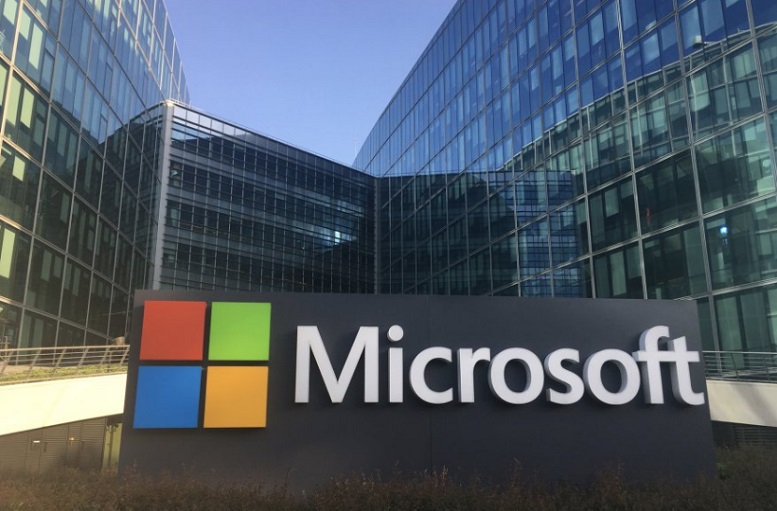Many well-known tech giants like Google (NASDAQ:$GOOGL) and Apple (NASDAQ:$AAPL) have been working to try and put themselves ahead in new technological advancements. Google, for example, has recently developed a chip called the Tensor Processing Unit for artificial intelligence technologies. As well, Google has begun to make hardware for its cloud business as part of a plan to expand and continue to develop cloud technologies. To keep itself up with the competition, Microsoft (NASDAQ:$MSFT) has recently announced Project Brainwave, an initiative to get deep machine learning technologies to run faster and more efficiently in data centers.
Unlike Google, which had built a chip to work with a particular set of algorithms, Microsoft is using a chip that can be reprogrammed, known as field-programmable gate arrays (FPGAs). These FPGAs, which are built by Intel’s (NASDAQ:$INTC) Altera, allows for much more flexibility than the Tensor Processing Unit Google had built, Doug Burger, an engineer at Microsoft, said. Flexibility is extremely important, Burger explained, because improvements to deep machine learning are still being made at quite a rapid rate. It is this flexibility that will allow Microsoft to support a number of deep learning frameworks, like the company’s own CNTK, Google’s TensorFlow, and Facebook’s (NASDAQ:$FB) Caffe2. This is something that Google’s dedicated chip won’t be able to do.
“We wanted to build something bigger, more disruptive and more general than a point solution,” Burger told an interviewer at the Hot Chips conference.
There is, however, one downfall to the FPGAs. While known for their flexibility, the FPGAs aren’t the best performing chips. Microsoft has made some improvements to the FPGAs, though, Burger said. The tweaks have allowed the performance of FPGAs to be on par with the dedicated chips. After some changes made by Microsoft, its FPGA saw an almost 40 teraflops in performance. It ran a single operation in just under one millisecond.
Microsoft had first invested in FPGAs to improve its security and search engines. Project Brainwave was then initiated about a year ago. The team behind the project worked to make the existing FPGA infrastructure Microsoft had to work with the most recent advancements in deep learning. Project Brainwave aimed to improve real-time AI to run deep learning algorithms rather than using training in deep learning. Training requires a process that is more compute-intensive and thus could take longer.
“We’ve already deployed FPGAs at a massive scale. So, if you think about it, the technology to run deep learning is already deployed worldwide with Azure,” Burger reasoned.
While Project Brainwave is currently only being used for Microsoft’s internal AI services, the company has expressed interest in selling the system to other companies through its cloud services. Deep learning is a type of machine learning that has begun to gain much attention throughout the number of companies within the tech industry. This kind of machine learning has been responsible for major improvements in things like speech recognition, image vision, translations, and more.
Many tech companies are now working to change their hardware infrastructures in order to adjust this shift to deep learning. The current leader in hardware for deep learning is major chip-maker company Nvidia (NASDAQ:$NVDA). Nvidia’s stock has almost tripled in the past year as a result of making this shift. Now, tech companies like Google and Microsoft are working to break into this emerging market.
Featured Image: twitter










